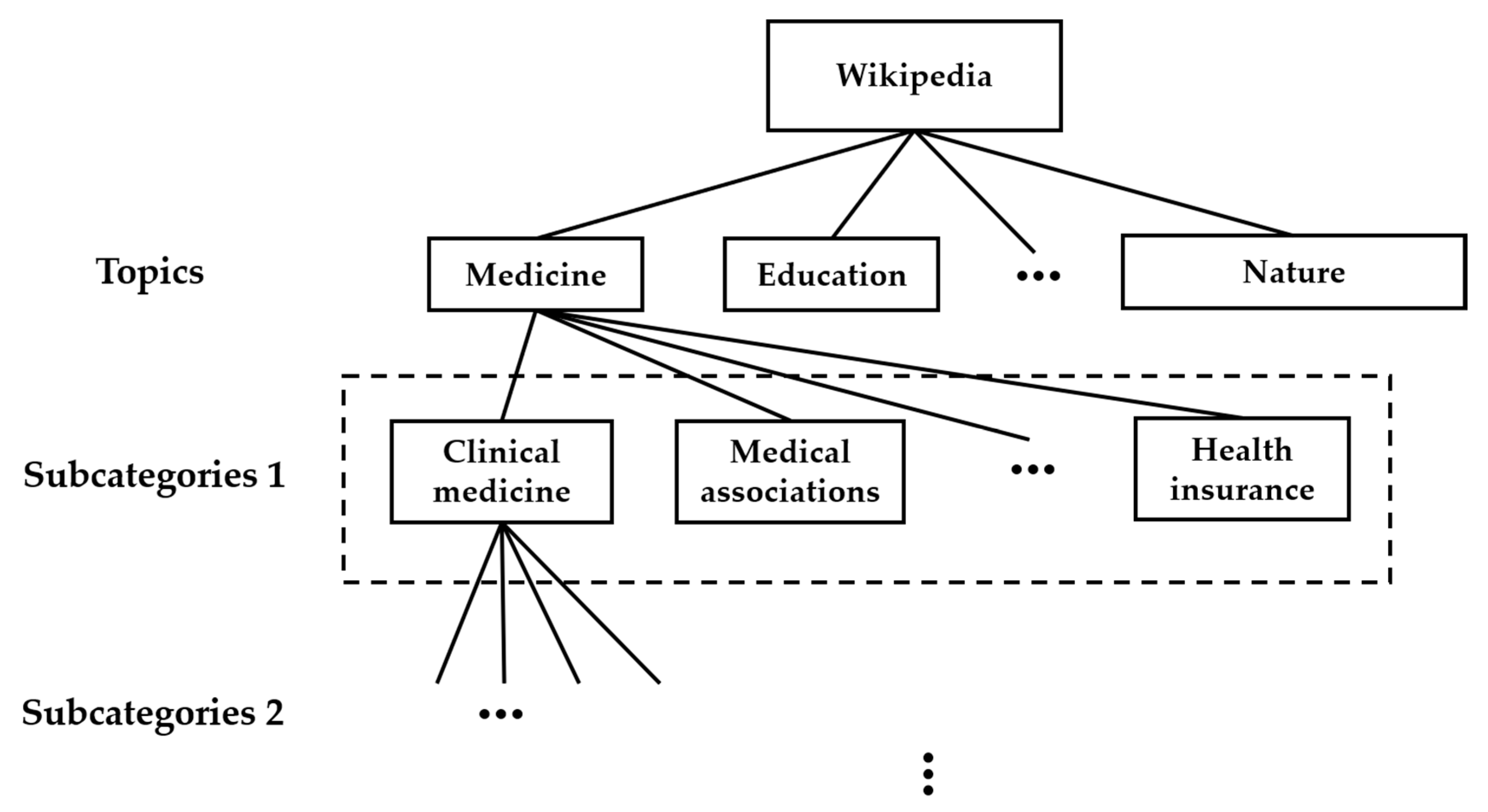


Because vaporization is endothermic for all substances (with one exception of little relevance to biology helium), all entropies of vaporization are positive. For the standard value, AyapS, we use data corresponding to 1 bar. Table 2.1 lists the entropy of vaporization of several substances at 1 atm. Note that to use this formula we use the enthalpy of vaporization at the boiling temperature. But Boltzmann s equation 3.26 means that we can determine absolute values for entropy. We can determine changes in entropies, AS s, for processes up to now we have dealt exclusively with changes in entropy. It also implies that the entropies found in tables are not zero for elements under standard conditions, because we are now tabulating absolute entropies, not entropies for formation reactions. Therefore, in large thermodynamic tables of At/ and AH values, parallel entries for entropy are for S, not AS. Entropy thus stands alone among state functions as the only one whose absolute values can be determined. First, it introduces the concept that an absolute entropy can be determined. There are several important ramifications of equation 3.26. Therefore, an increase in entropy is represented by a positive value for AS, and a decrease in entropy is represented by a negative value for AS. Entropy change, which can also be measured, is defined as the difference between the entropy of the products and the reactants. These molar values are reported as kJ/(mol K). Measurements of energy absorbed and calculations are used to determine the absolute entropy or standard molar entropy, and values are then recorded in tables. As energy is added, the randomness of the molecular motion increases. The entropy of a pure crystalline solid at absolute zero is zero. In the Table, (t) refers to crystal-crystal transitions (m) to crystal-liquid transitions (c), (1), and (g) to crystal, liquid, and gas G to glass transition and m, s to metastable, stable crystal. Table 2, containing results derived from measurements of heat capacities of some pure organic compounds published since 1961, gives values of temperatures, enthalpies, and entropies of phase transitions, and also of standard entropies. The standard state ionic entropies given in table 10 are corrected for. The formation values refer to the reaction Ln, Ln"a while the hydration values relate to the use of eqs. Values for yttrium hydration are also included when available. Tables 9-11 list the predicted thermodynamic functions for the hydration of divalent, trivalent and tetravalent lanthanides as calculated by Bratsch and Lagowski (1985b). The data reported by various authors are recorded in Table 16.4. S, and specific heat capacity, C, for COCIF (ideal gas state, atmospheric pressure, 25 C) have been calculated from molecular data. The standard values of the enthalpy, H, entropy. If the temperature is not too far removed from 298-16 °K we may, to a first approximation, replace the heat and entropy terms in (10.51) by their standard values at 298 16° which may be calculated from the data in table 8.1. Note that the molar entropy thus calculated based on the third law of thermodynamics is occasionally called absolute entropy. A few of them will be listed as the standard molar entropy, s, in Table 5.1. In chemical handbooks we see the tabulated numerical values of the molar entropy calculated for a number of pure substances in the standard state at temperature 298 K and pressure 101.3 kPa. As shown in the figure, the molar entropy of a pure substance increases with increasing temperature. If a structural transformation occurs in the solid state, an additional increase in the molar entropy comes from the heat of the transformations. įigure 3.6 shows schematically the molar entropy of a pure substance as a function of temperature. The value for 298.15 K is calculated by the authors from a function fitted to the original data. Use those data to calculate the standard entropy of adenine at 298.15 K, which assume the Debye relationship for Cp. Table 11.8 contains a sampling of their data over the range from 7.404 K to 298.15 K. have measured the heat capacity of crystalline adenine, a compound of biologic importance, with high precision, from about 7 K to over 300 K, and calculated the standard entropy of adenine. A list of values for several common substances is given in Table 7.7, and a more extensive one appears in Appendix 2A. One straightforward way is to combine standard enthalpy and entropy data from tables such as Tables 6.5 and 7.3.
#Entropy table free
Entropy standard values, table Standard Gibbs free energies of formation can be determined in various ways.


 0 kommentar(er)
0 kommentar(er)
